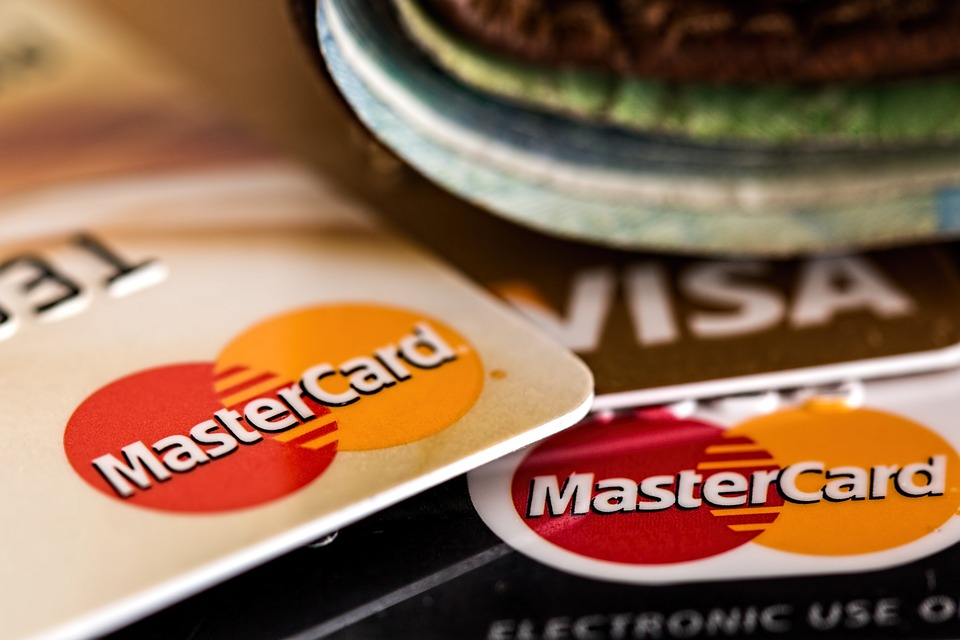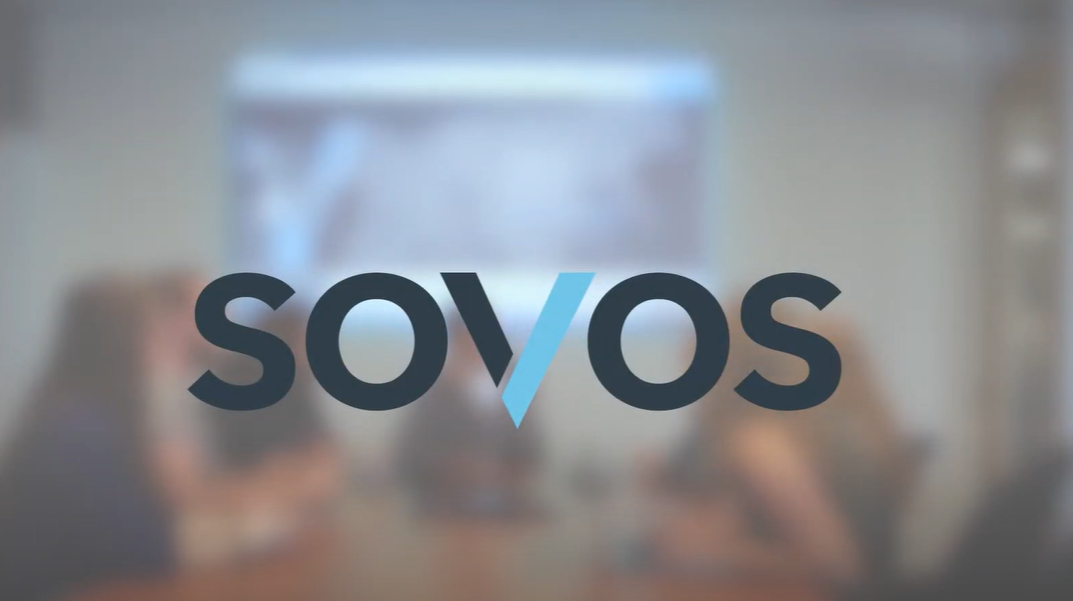New research by global small business platform Xero has uncovered a disconnect in payment expectations between US small businesses and consumers when it comes to the ways consumers want to pay and how small businesses want to be paid.
Launched at Xerocon Nashville, is a Xero report that delves into changing payment habits among consumers and how small businesses are adapting. Additionally, it looks at the administrative challenges small businesses face when paying suppliers.
Disconnect in customer payment preferences and payment options small business offer
In the US, almost nine out of ten (89%) consumers use credit or debit cards to make payments and three quarters (74%) of Americans still use cash to make payments. However, almost a third (30%) of small businesses don’t offer cash and credit or debit cards as payment options to customers.
Younger generations are quickly embracing new digital payment methods, with 43% of Gen Z consumers and 42% of millennials using mobile payments such as Apple Pay or Google Pay. The research showed 21% of Gen Z consumers only take their mobile phone with them to pay when they go to the shops – and 57% of Gen Z and 56% of millennials are using options like Venmo or PayPal.
The findings also showed that not meeting consumer payment preferences can have a direct impact on customer retention and revenue. Around a fifth (21%) of Americans indicated they would visit another business that accepts more payment options if a business didn’t offer at least one of their preferred ways to pay.
Ben Richmond, Managing Director, North America, Xero said: “The US payment landscape is evolving rapidly due to a shifting regulatory environment and increase in digital payment methods. The gap we’ve seen in credit and debit card payment availability amongst US small businesses may be a result of them actually investing in newer, digital payment methods such as online payment gateways (67%), mobile payments such Apple Pay or Google Pay (45%) and buy now, pay later (26%) options.
“Offering more choice in the ways consumers can pay is crucial, as consumers have indicated they will walk if their preferred payment method isn’t available. We also know it can have a flow on effect in the ability for small businesses to pay their bills and grow,” Richmond said.
Fees and security concerns are influencing payment trends
Two thirds (67%) of Americans say hidden fees or surcharges are one of their top frustrations when it comes to making payments, despite regulation of surcharges and fees in some US States. Over half (51%) of Americans say they have a low level of acceptance for paying a surcharge fee and over a third (36%) would go as far as changing their payment method to avoid paying a fee.
Other frustrations customers face when making payments include security concerns (39%) and late fees or penalties (35%).
Benefits from new payments boosts small business confidence in emerging trends
Around a third of small businesses who adopted new payment methods in the last 6-12 months have also accessed a new customer base (31%), seen reduced times to be paid (30%) or retained more business (28%). These advantages – and general trend to digital payment technology adoption – may explain why small businesses are receptive to emerging and future payment trends.
At least a quarter of small businesses in the US are optimistic about future or emerging payment methods. These include biometric authentication methods such as fingerprints or facial scanning (35%), bartering marketplaces/apps (34%) and digital currencies like cryptocurrency (33%). This is compared to consumers, at 26%, 27% and 18% respectively. One in two (50%) consumers are terrified about implantable payment chips, compared to 31% of small businesses.
As a commitment to delivering on its strategy, Xero is building payment solutions to make it easier for small businesses to make and collect payments more seamlessly, while helping them to maintain a healthy cash flow.
Bharathi Ramavarjula, SVP of Payments, Xero, said: “Understanding how different consumers prefer to pay and giving them the flexibility to pay the way they want, will help small businesses get paid faster and grow their revenue. To make it easier to collect payments, Xero is providing small businesses with more ways to get paid.”
Small businesses find it hard to stay on top of payments
For small businesses, paying their own supplier bills is also proving to be a challenge. Over half (58%) say they spend at least four hours each month managing their accounts payable, and find it most challenging keeping track of due dates (38%).
Around a third of small businesses also report one of their top challenges when it comes to paying their own bills is making sure there are enough funds (35%). That may be why a significant number of small businesses noted they are using credit or installment payments to pay their suppliers, with 65% using credit and debit cards and 17% using buy now, pay later options to manage their vendor bills.
“Managing payments and bills is really critical to help small businesses to be in a stronger position to grow their business and keep pace in what is shaping up to be a transformative decade in payments. That’s why we’re building an embedded bill payment solution to help business owners and their advisors manage, approve and pay their bills seamlessly without having to leave Xero,” Ramavarjula said.
Thanks for reading CPA Practice Advisor!
Subscribe Already registered? Log In
Need more information? Read the FAQs




